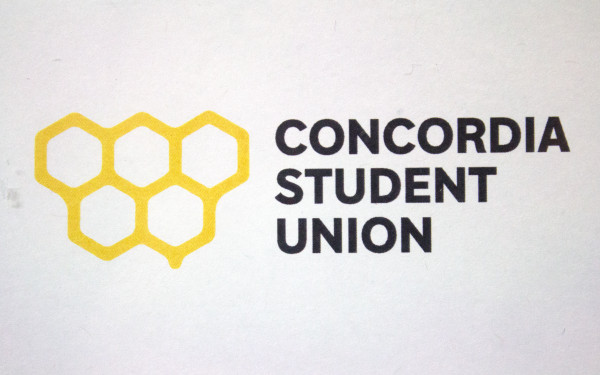Tuition, Participation Linked After All
Finance Minister Relies on Incomplete Figures for Arguments
Since the end of the province-wide tuition freeze in 2007, the Quebec government has held a strong position on tuition fees, stating that students must pay more to “their fair share” towards university funding, while maintaining accessibility to universities will not be compromised as a result of the increases.
Erin hudson—
The Mcgill Daily
On Sept. 22, the Comité consultatif sur l’accessibilité financière aux études released an opinion on the increases, stating they were “worried about the possible negative effects of the hikes on the financial accessibility for current and future students to university studies.”
Under the Loi sur le Conseil supérieur de l’éducation, the Minister of Education must consult CCAFE whenever changes are made to student financial aid or tuition regulations.
Prior to the CCAFE’s concerns, Finance Minister Raymond Bachand addressed accessibility concerns in a March speech when he announced the impending hikes.
“To those who fear this adjustment will act as a deterrent on university participation, I have this to say: there is no evidence of a link between university participation and tuition fees,” said Bachand.
“In fact, in 2008-2009, the Canadian province with the highest university participation rate of students 20 to 24 years old was precisely the one with the highest tuition fees—Nova Scotia.”
Philippe Lapointe, secretary of academic affairs for l’Association pour une solidarité syndicale étudiante, spoke regarding about the government’s denial of the relationship between university participation and tuition hikes.
“The principal argument used by the government to say there is no link between [tuition increases and student participation] is that they show the post-secondary statistics.
“They say, ‘Look, in Quebec, we have the lowest tuition and there are fewer students at the university, while in the rest of Canada, there are higher tuitions and there are more post-secondary students,’” Lapointe explained. “Where this is wrong is that they do not include the CEGEP students.”
Research conducted by the Montreal-based Institut de recherche et d’informations socio-économiques challenges the numbers that show that Nova Scotia has higher participation rates while also charging the highest tuition fees.
Asserting Bachand’s claim does not account for differences between the provinces’ education systems, the IRIS believes the numbers “render ineffective comparisons that focus only on university participation rates.”
Removing CEGEP students from the university participation figures disregards students seeking a vocational diploma and who opt for a college education rather than go to university, as they would have to in Nova Scotia, according to the research.
The IRIS also noted that Quebec’s bachelor degree programs last three years, while the rest of Canada’s bachelor programs last four, “artificially [raising] their university participation rate compared to Quebec’s.”
Mathieu Le Blanc, press attaché for the Fédération étudiante universitaire du Québec, confirmed that the university participation rate in Nova Scotia is overstated.
Le Blanc also explained that research shows a large number of students attending university in Nova Scotia are from other Maritime provinces, thus raising the province’s university participation rates.
IRIS researcher Éric Martin said that the relationship between tuition hikes and enrolment “has been confirmed in several different scenarios” and that Quebec’s rate of postsecondary participation is 9 per cent higher than the rest of Canada’s.
According to IRIS, the province’s tuition fees—among the lowest in North America—have allowed 85,000 more students to pursue their education than would have been possible if Quebec’s fees had matched the Canadian average.For more information, consult tuitiontruth.ca


_600_832_s.png)



